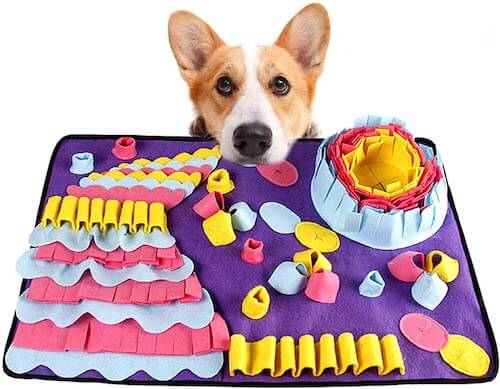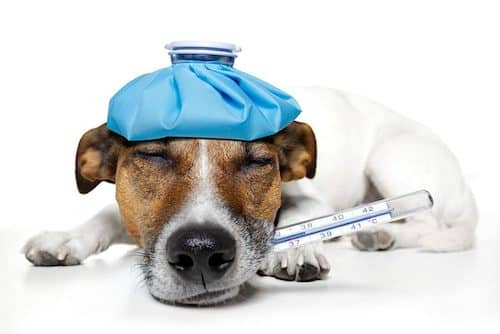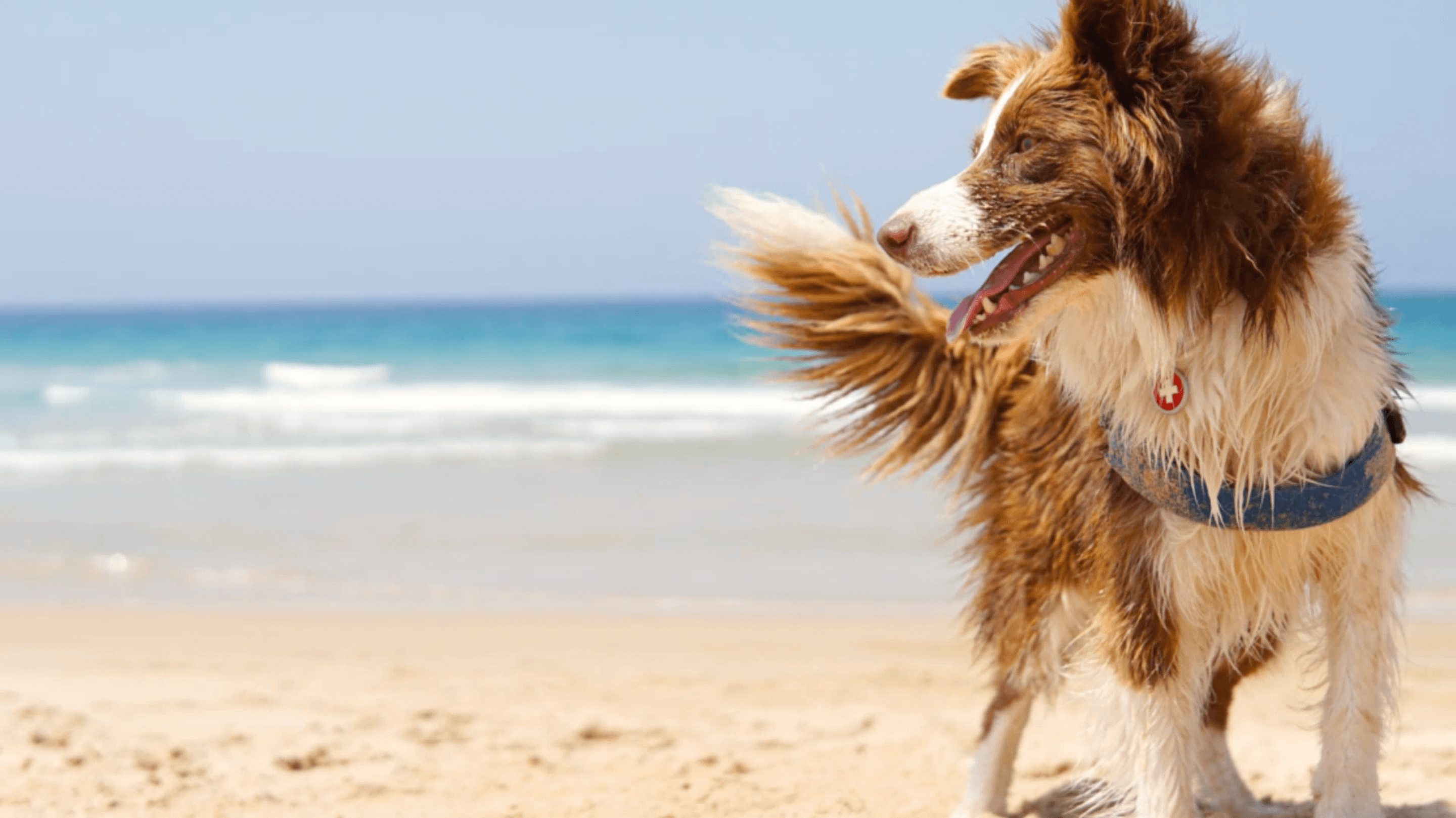Your dog does a great job of grooming themselves but at times they need us to step in. They can't always hit those hard-to-reach areas where dirt and other outside particles attach themselves too. Dog grooming not only will keep your house clean, but a well-groomed dog will benefit from a shiny coat, un-matted hair, and skin free of diseases. Your dog's breed and time spent outdoors will be factors to how often you should groom your dog. At most, a dog should bathe every other week but be groomed every other day.
Follow these tips when necessary in order to keep your buddy happy.
Brushing, the easiest dog grooming
If you have not been in the habit of brushing your dog often, it's okay. Be aware that your dog trust you with big matters such as food, water, and walks but they might not let you touch their paws or other sensitive areas. To get your dog accustomed to brushing, give them treats often and keep the brushing sessions short (10-15 mins.). The treats will be helpful when your dog does not feel comfortable being touched in those sensitive areas. Brushing your pet not only keeps their skin healthy but helps create a bond between the two of you.
Brushing depends on your dog's hair type and could require different tools.
Short hair breeds like Chihuahuas, Boston Terriers, and Frenchies only need grooming weekly. A rubber brush with soft bristles should be able to loosen up the dirt and dead skin. Afterward, use a brush with stiff bristles to take out any loose hair.
Thick coated breeds such as Retrievers and Huskies, which are prone to matting, need an undercoat rake to reach beyond the overcoat layer.
Dogs who have long coats such as Cocker Spaniels, need to be groomed daily. Use a slicker brush to smooth out any tangles and finish off with a bristle brush.
Regardless of your dog's hair type, brushing can be done daily. This could really benefit your dog during shedding season in order to prevent shedding and hair build-up.
While brushing your dog's hair, you should take this opportunity to check the health of their paws, ears, and nails.
Paws
1. Check the bottom of your dog’s feet for cuts and abrasions
2. Check for any debris or foxtails in between the toes. (Foxtails are small clusters of grass seeds with sharp ends that can penetrate your dog’s paw easily. If you are worried about a foxtail in your dog’s foot, look for these signs: limping, excessive licking or a swollen foot.)
3. Any excessive hair between the toes can become matted and should be trimmed when needed.
Nails
Check for length and any bleeding. (If necessary to trim, only a small tip of the nail needs to be trimmed.) (Bleeding can happen from running around on concrete and could need medical attention, if its severe.)
Ears
1. Check for any skin allergies or infections.
2. Check for any red bug bites (While your dog is outside catching a sun tan, flies and other insects will try to obtain a blood meal from them which can be very painful for the dog. Often times, flies will bite a dog’s ear where a dog is most vulnerable. If the bug bites are left untreated this can create an infection and scabbing. If you notice any sort of red dot on their ear, gently wash the ears with warm water and antiseptic soap. Afterwards, apply topical antibiotic ointment.)
Bathing
Bathing is not a daily task or even a weekly task. If your dog has a double coat, bathing twice a month is enough. And for short hair dogs one a month will be fine. But one rule to keep in mind, if your dog has a foul odor that’s beyond a regular smell of a dog, it’s time for a bath.
- Before bathing, use a brush to remove any dead hair
- Use dog friendly shampoo
- Use conditioner (Conditioner can help protect your dog’s coat from accumulating lots of dirt and grass.)
- Make sure to wash everywhere, just like grooming.
- Pat your dog dry.
- Once your dog is fully dried, go ahead and brush them once more.
Not only will these tips help you strengthen your bond with your dog but also keep your dog healthy and clean. If any of the steps are too difficult to follow, consult a veterinarian or professional groomer to help.
Sources
The Ultimate Guide to Grooming And Bathing Your Dog – RSPCA Pet Insurance
Common Dog Grooming Mistakes – Dogster
Home Grooming Tips – Dogtime
Wondering How Often to Bathe A Dog? It Depends on These Factors – Dogster
Protect Your Pets From Fly Bites – Patch
Photo by Autri Taheri on Unsplash





